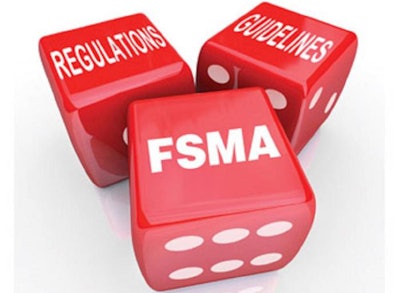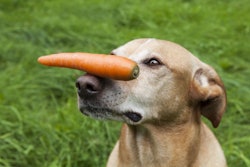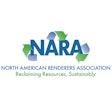
The U.S. Food and Drug Administration withdrew a compliance policy guide (CPG) related to animal-derived food materials, including byproducts or coproducts, used in pet food, along with two other CPGs. FDA officials stated that Food Safety Modernization Act (FSMA) provisions and other regualtions rendered the CPGs obsolete. These CPGs originally were issued in 1979-80 to explain the FDA’s enforcement priorities regarding use of certain materials in animal food.
The FDA has decided to withdraw CPG Sec. 675.400 – Rendered Animal Feed Ingredients and CPG 690.300 – Canned Pet Food because of additional regulatory tools gained through FSMA.
“Under FSMA and the PCAF regulation, many animal food facilities are now required to establish a food safety plan, including identifying and evaluating known or reasonably foreseeable hazards,” wrote FDA officials in a press release. Preventive control measures must then be put into place to significantly minimize or prevent hazards requiring preventive controls.
“Some examples of known hazards in ingredients from such animals are identified in Draft Guidance for Industry #245 and include biological hazards, such as Salmonella, and chemical hazards, such as decomposed tissue and residues from drugs such as pentobarbital (used for euthanasia). The FDA has recently validated a method for detection of pentobarbital in tallow. The agency has published the method on its website to make it accessible to the animal food industry and reinforce the expectation that industry must make sure its products do not contain pentobarbital. Any presence of pentobarbital renders a food product adulterated under federal law.”
Food safety modernization and FDA pet food regulation
FSMA increased requirements for animal-based pet food ingredient makers, including renderers, to identify hazards, develop risk-based preventive controls and test and monitor their safe manufacturing protocols in their animal food safety plans. Preventive control measures must then be put into place to significantly minimize or prevent hazards requiring preventive controls.
According to the American Feed Industry Association, if you are an animal food manufacturing facility that uses rendered ingredients from dead or downer animals, you must ensure that any hazards these ingredients could pose are accounted for in your hazard analysis and animal food safety plans as part of 21 CFR Part 507.














